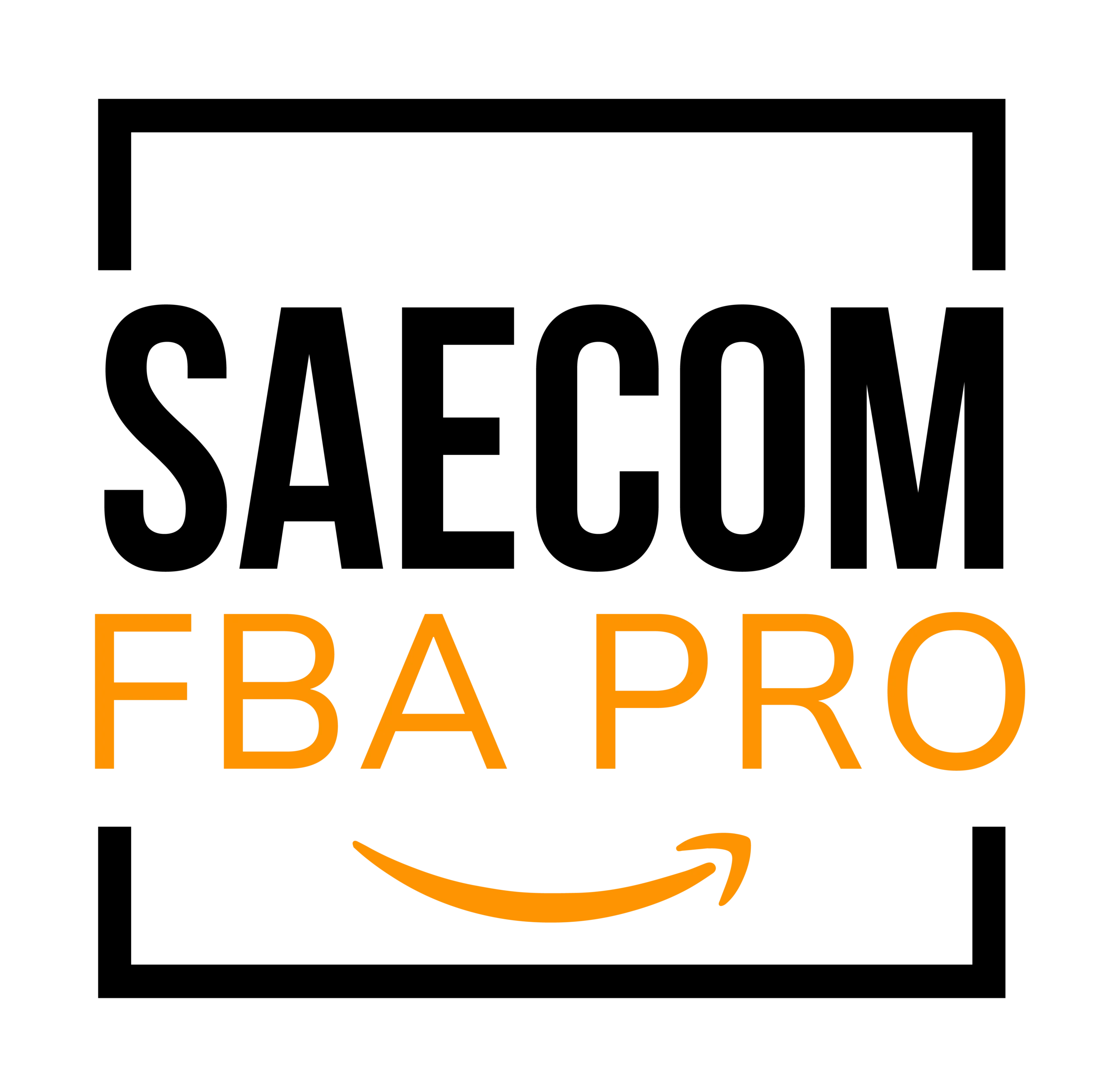A Guide to Buying and Selling Amazon Return Pallets
Amazon’s customer-friendly return policies result in a massive number of items being sent back for various reasons. However, not all returned products make their way back to shelves as new items. Some are returned to suppliers, while others are sold to liquidation companies. These companies then resell the items in the form of return pallets, creating lucrative opportunities for online sellers looking to make a profit. Whether you’re interested in purchasing individual products, pallets, or even truckloads of goods, there’s potential for savvy resellers to capitalize on these returns.
What Are Amazon Return Pallets?
Amazon’s customer-centric approach leads to a staggering volume of returns. In 2022 alone, approximately $212 billion worth of online sales were returned, representing 16.5% of total online sales. With Amazon’s annual sales exceeding $500 billion, the sheer number of returned items they handle is immense.
These returned products undergo various processes. Some are inspected and resold as new, others are listed as used products, donated to charities, returned to suppliers, or sold to liquidation companies. The latter category often includes items sold in bulk as “mystery pallets.” These pallets contain an assortment of goods, providing an exciting and potentially profitable opportunity for resellers.
Where to Buy Amazon Return Pallets?
If you’re ready to dive into purchasing Amazon return pallets, there are numerous liquidation companies to consider. Below is a list of notable companies where you can explore options. Be sure to perform due diligence before making any significant purchases.
BULQ

Founded in 2004, BULQ started as a small-scale operation selling from a garage. Today, it has grown into a major player in the liquidation market, with its parent company, Optoro, specializing in sustainable returns management.
Liquidation.com

Liquidation.com is a prominent player in the industry, offering a wide range of items, including government surplus and educational materials. With ten locations across the U.S., it’s a convenient option for buyers nationwide.
Direct Liquidation

Operating in 12 U.S. locations and one in Canada, Direct Liquidation provides return pallets and overstock merchandise from retailers like Lowe’s and Walmart, making it a reliable choice for sourcing diverse inventory.
Bstock.com

This is Amazon’s official B2B marketplace for return pallets, operated by Bstock. Buyers must register their business and comply with Amazon’s auction guidelines, making it a trusted option for sourcing authentic Amazon inventory.
Craigslist

Craigslist can sometimes be a source for Amazon return pallets. However, exercise caution as there’s limited ability to verify the credibility of sellers.
Bluelots

Bluelots offers a transparent marketplace where sellers list return and overstock products. Buyers can choose from auctions, live auctions, or direct purchase options.
BoxFox

BoxFox connects buyers with sellers who wish to liquidate overstock products. It operates primarily as an auction platform, allowing you to bid on inventory.
QuickLotz

With a history in wholesale and retail, QuickLotz has headquarters in Florida and additional locations throughout the U.S. They cater to buyers looking for anything from single lots to full truckloads.
888lots.com

Part of the global Palacci Group, 888Lots specializes in liquidation sales in the U.S., Europe, and the U.K., offering diverse inventory options.
Eurolots

Owned by the same group as 888Lots, Eurolots is a European-based liquidation company offering similar services for buyers in the region.
Britdeals

As the U.K. branch of the Palacci Group, Britdeals provides a B2B platform for buyers to purchase single items or bulk pallets of return and overstock products.
How Much Do Amazon Return Pallets Cost?
The cost of Amazon return pallets varies widely. For example, a pallet of electronics on Bluelots might cost $2,150 and come with a detailed manifest of items, allowing you to assess profitability. On the other hand, QuickLotz offers “mystery pallets” for as low as $595, though these carry more risk due to their undisclosed contents.
For larger-scale buyers, truckloads of inventory are available. For instance, a truckload of shoes containing approximately 7,200 pairs may cost around $21,600. Whether you start with a small pallet or invest in bulk inventory, the costs—and risks—scale accordingly.
Best Platforms to Resell Amazon Return Pallets.
While reselling liquidation products on Amazon may pose challenges such as authenticity verification, there are several alternative platforms where these items can thrive:
- eBay: Ideal for hard-to-find items or bargain seekers.
- Poshmark, Mercari, and DePop: Perfect for fashion and niche products.
- Craigslist and Facebook Marketplace: Great for local sales.
- Etsy: Suitable for unique or vintage items.
- Flea Markets: A classic option for reaching local buyers.
- Your Shopify Store: A customizable solution for building your brand.
Pros and Cons of Buying Amazon Return Pallets
Pros
- Potential for significant profits.
- Small initial investment.
- Simplifies sourcing compared to retail or online arbitrage.
- Some companies guarantee new products.
Cons
- Mystery pallets carry inherent risks.
- Unsellable items can accumulate.
- Time-consuming and challenging to scale.
- High-cost pallets come with greater financial risks.
Conclusion
Purchasing Amazon return pallets can be a profitable venture for online sellers looking to scale quickly. However, it’s essential to understand the risks and start small if you’re new to liquidation sales. With proper research and strategic selling, return pallets can provide a steady stream of inventory and a reliable source of income.


